Introduction to Educating Your Audience with Guides
Have you ever wondered how some content just sticks with you, making learning a breeze and downright enjoyable? Well, that’s no random accident—it’s the magic of well-crafted educational guides. Whether you’re a seasoned blogger, a company looking to train its staff, or perhaps a passionate hobbyist eager to share your knowledge, creating educational content can be your superpower. So, let’s dive into what makes a guide not just good, but great, and how it can be a game changer in educating your audience.
What’s an Educational Guide?
An educational guide is essentially a roadmap designed to help your audience understand a topic or complete a task. It’s more than just raw information; it’s a structured piece of content that delivers knowledge in an orderly, digestible format. Think of it as a friendly mentor who walks you through a process, simplifying complex ideas along the way.
Why Use Guides?
- Clarity: Guides break down foggy concepts into clear, manageable steps.
- Engagement: They can turn a mundane topic into an exciting adventure.
- Authority: Well-researched guides establish you as a subject matter expert.
- Accessibility: They make learning accessible to everyone, regardless of prior knowledge.
But crafting a guide that stands out is not just about throwing facts on a page. It’s about connecting, engaging, and making the journey as rewarding as the destination. So, how do you do that? Well, it starts with knowing your audience—like, really knowing them. What do they want to learn? What hurdles do they face in learning this topic? Once you have that nailed down, you’re on your way to creating something truly valuable.
Making It Stick
Here’s a little nugget of wisdom: people remember stories better than lists of facts. When you create your guide, think about how you can incorporate stories or real-world examples. This not only makes your guide more engaging but also helps your audience relate the information to their own lives, which increases retention and makes the learning process feel more relevant.
Be Their Guide, Not Their Lecturer
Remember, the goal of an educational guide isn’t just to inform—it’s to teach. And teaching is not just dumping knowledge into someone else’s brain; it’s about guiding them to discover it on their own. Encourage questions, suggest exercises, and maybe even include interactive elements if you can. The more active your audience’s learning process, the deeper their understanding and appreciation of the material will become.
So, are you ready to take on the role of an educational guide creator? Remember, your main job is to make learning as fun and effective as possible. With a thoughtful approach, a touch of creativity, and a deep understanding of your audience’s needs, you’ll not only educate but also inspire and empower your readers. That’s the real power of a great educational guide!
Understanding Your Audience’s Needs and Preferences
Before you dive into creating an educational guide, it’s crucial to get up close and personal with who you’re creating it for. Why? Because knowing your audience like the back of your hand isn’t just helpful—it’s absolutely essential if you want your guide to hit the mark and truly engage your readers. Let’s chat about how you can tune into your audience’s needs and preferences to make your educational material shine.
Step Inside Their Shoes
Imagine walking a mile in your readers’ shoes. What challenges do they face? What questions are they burning to get answers to? By empathizing with their situation, you can create content that resonates and truly addresses their needs. Whether you’re crafting a guide for budding photographers, tech enthusiasts, or crafting wizards, understanding their unique challenges and questions will guide your content in the right direction.
Survey Says…
One of the most straightforward methods to understand your audience is by directly asking them what they need. Quick surveys, polls on social media, or feedback forms can provide invaluable insights into their preferences and pain points. This direct line of communication not only helps tailor your content but also makes your audience feel valued and heard.
Check the Data
Thanks to the digital age, we have access to loads of data that can be a goldmine for understanding your audience. Look at analytics from your website or social media channels. Which topics are getting the most views or engagement? Are there patterns in the demographics of your audience? This data can help you fine-tune your guides to better match the interests and learning styles of your audience.
Keep an Eye on Trends
Staying updated with the latest trends within your audience’s industry or interests can also guide your content development. Are there new technologies, techniques, or challenges emerging that you should cover? Being proactive and relevant helps in keeping your audience engaged and loyal.
Feedback is Your Friend
Never underestimate the power of feedback. Encourage it, seek it out, and most importantly, listen to it. This could be through comments on your posts, direct messages, or emails. Engaging with your audience about your guide’s usefulness or areas for improvement shows that you care about their learning journey and are committed to enhancing it.
Learning Styles Matter
Different folks learn differently. Some might prefer detailed textual descriptions, while others might find visual aids like infographics or videos more helpful. Understanding these preferences can help you cater to a wider range of learning styles and make your guide more accessible and effective.
In conclusion, the better you understand your audience, the more effective your educational guides will be. It’s all about building that connection and nurturing it through your content. So, take the time to really get to know your readers—it will make all the difference!
Structuring Your Guide for Maximum Impact
Let’s dive into how you can structure your guide to really make a splash. After all, the way you organize your content can be the difference between creating a helpful resource and just adding to the noise. So, how do you get it right? Let’s chat about some key strategies. 🚀
Start with a Clear Outline
Imagine building a house without a blueprint. Chaotic, right? The same goes for your guide. Start with a clear outline to give your content a strong foundation. Break down your topic into manageable sections – think of these as the rooms of your house, each serving a specific purpose.
Introduction: Set the Stage
Begin with an engaging introduction. Here’s where you grab your reader’s attention and tell them what they’ll gain by reading your guide. Make it enticing, kind of like the smell of fresh coffee in the morning – hard to resist, right?
Body: The Heart of Your Guide
Now, let’s get into the nitty-gritty. The body of your guide should be organized in a logical flow. Think about the journey you want your reader to take:
- Step-by-Step Instructions: If your guide is instructional, a step-by-step approach works wonders. It’s like following a recipe – each step builds on the previous one, leading to a delightful result.
- Thematic Sections: For more complex topics, dividing your content into themes or categories can help. It’s like sorting a puzzle – each piece should connect smoothly with the others.
Use Headers and Subheaders
Headers are your friends! They not only break up the text (making it easier on the eyes) but also help in guiding your readers through the content. Think of headers as signposts along the road, pointing the way and letting your reader know what’s coming up next.
Conclusion: Wrap It Up with a Bow
And finally, the conclusion. Here’s your chance to wrap everything up neatly. Summarize the main points, and perhaps suggest further reading or actions. Leave your reader feeling satisfied, like at the end of a great meal.
Quick Recap
Let’s do a quick recap, just to make sure everything’s crystal clear:
- Start with a robust outline – it’s your blueprint.
- Hook your readers in the introduction.
- Keep the body of your guide organized and easy to follow.
- Use headers to guide your readers through the content.
- Wrap things up in a clear and concise conclusion.
By structuring your guide thoughtfully, you not only make the information more digestible but also more enjoyable to read. Remember, the goal is to help your readers learn something new without feeling overwhelmed. So, take a deep breath, plan out your structure, and start crafting content that’ll make a difference. You’ve got this! 🌟
Utilizing Visuals and Multimedia to Enhance Learning
Let’s make learning fun and memorable! Ever wondered why Instagram stories, YouTube tutorials, or even memes stick with us longer than a plain old text message? That’s because humans are visual creatures. In fact, our brain processes visuals 60,000 times faster than text. So, when it comes to crafting educational guides, integrating visuals and multimedia isn’t just icing on the cake—it’s a must-have ingredient!
Why Use Visuals?
Visuals do more than just grab attention; they help clarify complex information, evoke emotions, and enhance retention. Imagine trying to explain the layers of Earth without a diagram, or teaching a dance move through text alone. Sounds tough, right? A well-placed image, infographic, or video can make learning smoother and much more enjoyable.
Choosing the Right Visuals
- Infographics: Perfect for data-heavy topics, they transform figures and facts into visually appealing stories.
- Videos: Ideal for demonstrating processes or storytelling. Their dynamic nature can bring any concept to life.
- Diagrams and Charts: These are great for breaking down complicated processes into digestible pieces.
- Images: Sometimes, a single image can explain what a thousand words cannot!
But remember, the key is relevance. Every visual should serve a purpose, enhancing the understanding of your material, not divert it.
Integrating Multimedia Effectively
Let’s talk about making those visuals work in harmony with your text:
- Complement, Don’t Compete: Your visuals should complement your text, creating a seamless flow. Avoid visuals that overpower your words or seem out of context.
- Accessibility Matters: Always include alt text for images and subtitles for videos, ensuring everyone, including those with disabilities, can benefit.
- Quality Over Quantity: High-quality visuals not only look professional but also are more engaging. However, too many visuals can be overwhelming. Strike the right balance!
Tools and Resources
Worried you’re not a graphic designer? No worries! Tools like Canva, Adobe Spark, and Piktochart can help you design eye-catching visuals without needing a degree in design. For videos, simple editing software like iMovie or free platforms like DaVinci Resolve can assist in creating professional-looking results.
Engage Through Multimedia
Lastly, engaging your audience through interactive elements like quizzes, polls, or short games can transform passive readers into active participants. Such elements make the learning process interactive and can significantly boost the retention rate.
Incorporating visuals and multimedia not only makes your educational guides more appealing but also more effective. Whether it’s through a striking chart, a captivating video, or an interactive quiz, these tools can help illuminate your points and keep your audience engaged. So go ahead, give it a shot and watch your educational content come to life!
Tips for Writing Clear and Engaging Content
Are you ready to transform your educational guide from good to great? Writing in a way that both engages and informs your audience isn’t just a skill, it’s an art! But don’t worry, you don’t need to be Shakespeare to get it right. Let’s walk through some tips to make your content sparkle with clarity and charisma.
Keep It Simple, Smarty!
First things first: keep your language simple. Big words might sound impressive, but they can make your content difficult to digest. Think about it—when you’re learning something new, do you want a text that’s dense and convoluted or something clear and straightforward? Exactly! So, choose simplicity over complexity to help your readers understand and remember your points better.
Engage With a Story
Everyone loves a good story. Why not weave one into your guide? Stories are not just entertaining; they make concepts easier to grasp and more relatable. Maybe start with a little anecdote that illustrates your main point, or share a brief case study. This approach can turn an otherwise dry topic into something memorable and enjoyable.
Active Voice for the Win
Using the active voice is like adding a shot of espresso to your writing—it gives it energy and keeps your readers engaged. Instead of writing, “The ball was thrown by the girl,” say “The girl threw the ball.” See the difference? It’s direct, dynamic, and makes your writing much more lively.
Break It Down
When explaining complex ideas, break them down into bite-sized chunks. Use bullet points or numbered lists to make information more scan-able and digestible. For instance:
- Define the concept: Start with a clear, concise definition.
- Give examples: Illustrate with examples that relate to your readers’ experiences.
- Explain the relevance: Connect the dots. Why should your reader care?
Be Conversational
Imagine you’re explaining your topic to a friend over coffee. How would you talk? That conversational tone helps in making your text more personal and less formal. A casual tone can make your readers feel more comfortable and encourage them to engage more deeply with the material.
Ask Questions
Questions are a great way to keep your readers thinking and engaged. Pose questions throughout your guide to encourage reflection or suggest exercises that apply the concepts. This not only makes the learning process interactive but also helps reinforce the material.
Call to Action
Finally, end your guide with a call to action. Invite your readers to apply what they’ve learned. Whether it’s inviting feedback, suggesting further reading, or implementing a tip, a call to action gives your readers a clear next step and keeps the learning journey going.
Writing clear and engaging content for your educational guides doesn’t have to be daunting. With these tips, you’re well on your way to creating content that not only educates but also delights your audience. So, go ahead and put these ideas into practice; your readers are waiting!
Promoting Your Guide Through Social Media and Other Channels
So, you’ve put in the hard work, crafted a stunning educational guide, and now you’re wondering, “How do I get this masterpiece in front of eager eyes?” Well, you’re in the right place! Let’s dive into the exciting world of promoting your guide. Buckle up, because we’re about to spread the word far and wide!
1. Choosing the Right Platforms
First things first, not all platforms are created equal when it comes to sharing educational content. Think about where your audience hangs out. Are they scrolling through Twitter, soaking up professional insights on LinkedIn, or maybe catching quick tips on Instagram? Choose platforms that align with your audience’s habits and the nature of your guide.
2. Creating Engaging Social Media Content
Now, let’s talk content! You don’t want to just drop a link and call it a day. No, no! Create engaging, eye-catching posts that give a sneak peek into what your guide offers. Think about using:
- Teasers: A fascinating fact or a compelling question from your guide can spark curiosity.
- Graphics: Pair your teasers with vibrant images or infographics from your guide.
- Videos: A quick video introduction can be more personal and engaging.
Remember, the goal is to make your audience think, “I need to read this!”
Don’t let your posts get lost in the vast sea of social media. Use relevant hashtags to increase your visibility. Not sure which hashtags to use? Tools like Hashtagify can help you find the best ones related to your topic. Also, optimize your posts for search engines. A little SEO magic can go a long way to help people find your guide through Google search as well!
4. Engaging with Your Community
Posting is just the start. When people comment on your posts, make sure to engage! Answer questions, thank them for their interest, and encourage them to share the guide if they found it helpful. This not only builds relationships but also increases the likelihood of your guide being shared beyond your immediate network.
5. Collaborating with Influencers or Industry Experts
One powerful way to amplify your reach is by partnering with influencers or experts in your field. They can share your guide with their followers, lending their credibility and expanding your audience. Choose collaborators who align with your educational values and have a genuine interest in your content.
6. Tracking and Adapting
Last but not least, keep an eye on how your promotional efforts are performing. Tools like Google Analytics or social media insights can show you which strategies work and which may need tweaking. Be open to adapting your approach based on what the data tells you.
In the whirlwind of promotion, remember this: it’s about making genuine connections and providing value. With the right approach, your educational guide will not just reach its audience but also inspire and educate them. Now go forth and promote with confidence!
Measuring the Success and Impact of Your Educational Guides
Have you ever wondered if your hard work in crafting educational content truly hits the mark with your audience? It’s one thing to put together an informative guide, but knowing whether it genuinely helps and engages your readers can be quite the game changer. So, let’s dive into how you can gauge the effectiveness of your educational guides. It’s not just about numbers; it’s about real impact!
Why Measure at All?
First off, measuring the success of your guide is crucial. It’s like having a feedback loop that tells you what’s resonating with your audience or what might need a bit more spice. This can help you tailor your content more effectively, ensuring that your future guides are even more on point.
Starting With the Basics: Analytics
One of the simplest tools at your disposal is web analytics. By tracking how many people view and download your guide, you get a basic sense of its popularity. But let’s not stop there; delve a bit deeper by looking at how long people stay on your guide’s page. High engagement times often indicate that readers find your content compelling and useful.
Digging Deeper: Feedback and Interaction
Want to really understand the impact? Check out the feedback section. Whether it’s comments, emails, or social media mentions, direct feedback can provide invaluable insights. Here’s a pro tip: encourage interaction by asking questions in your guide or inviting readers to leave comments. This not only boosts engagement but also gives you a clearer picture of your guide’s effectiveness.
The Power of Surveys
Still curious? Why not send out a quick survey to your readers? This can be as simple as a few questions regarding how helpful they found the guide, or what they’d like to see more of. Surveys can unearth gold mines of information and show that you value your audience’s opinion, strengthening their loyalty to your brand.
- Keep it short and sweet: Long surveys can lead to abandonment. Aim for 3-5 concise questions.
- Be specific: Vague questions lead to vague answers. Be clear about what information you need.
- Offer incentives: A small reward for completing your survey can increase participation.
Sharing is Caring: Social Media Metrics
If your guide is being shared across social platforms, that’s a great sign. Look at shares, likes, and especially the comments on social media posts about your guide. This not only extends its reach but also provides social proof that what you’re producing is valued by the community.
In Conclusion…
Measuring the success of your educational guides doesn’t need to be complicated. By combining basic analytics, direct feedback, and engaging surveys, you can get a comprehensive view of how your content is performing. Remember, every piece of feedback is a stepping stone towards more impactful and appreciated guides. So, keep an eye on those metrics, and most importantly, keep creating wonderful resources that empower and educate your audience!


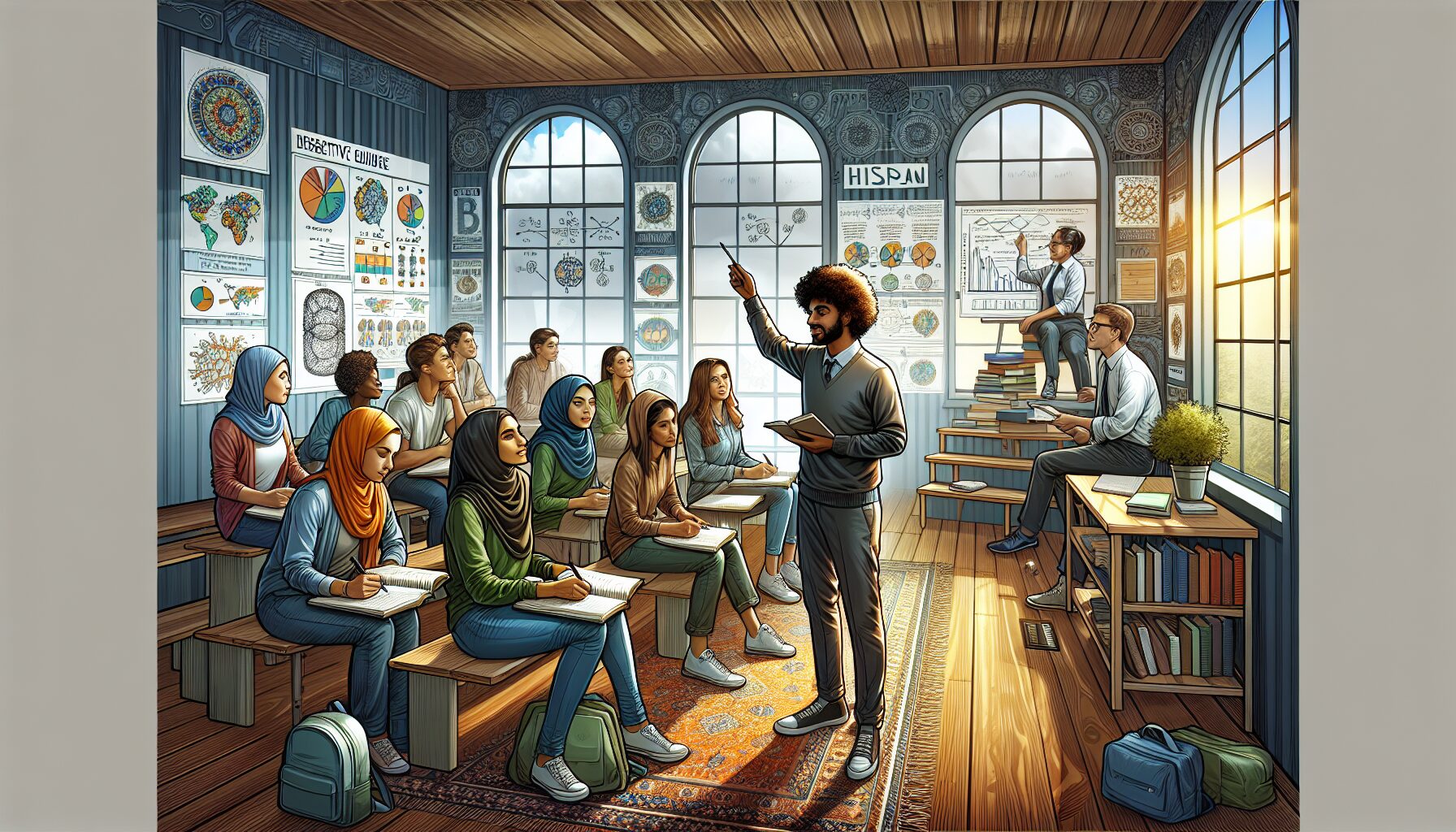
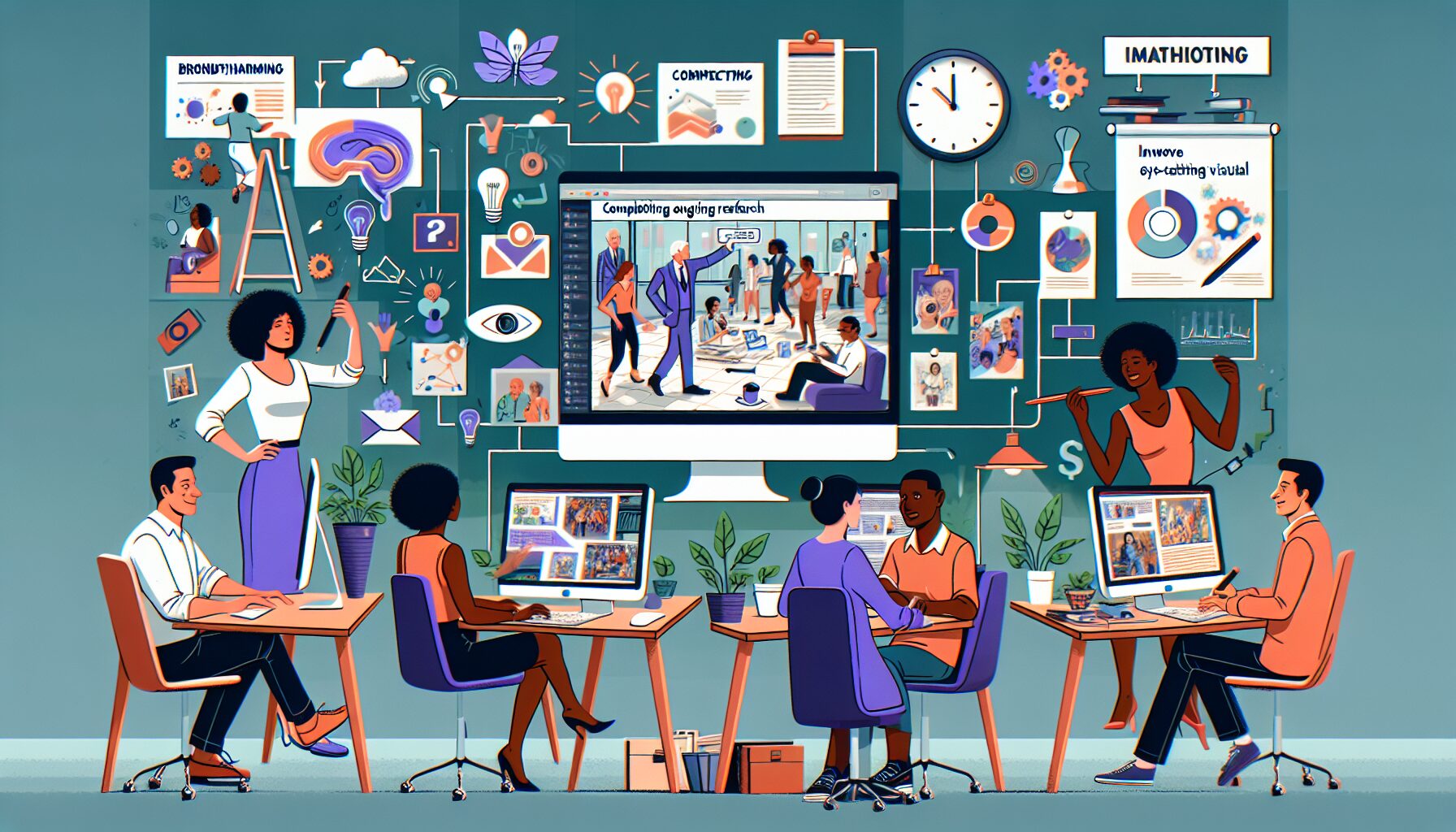
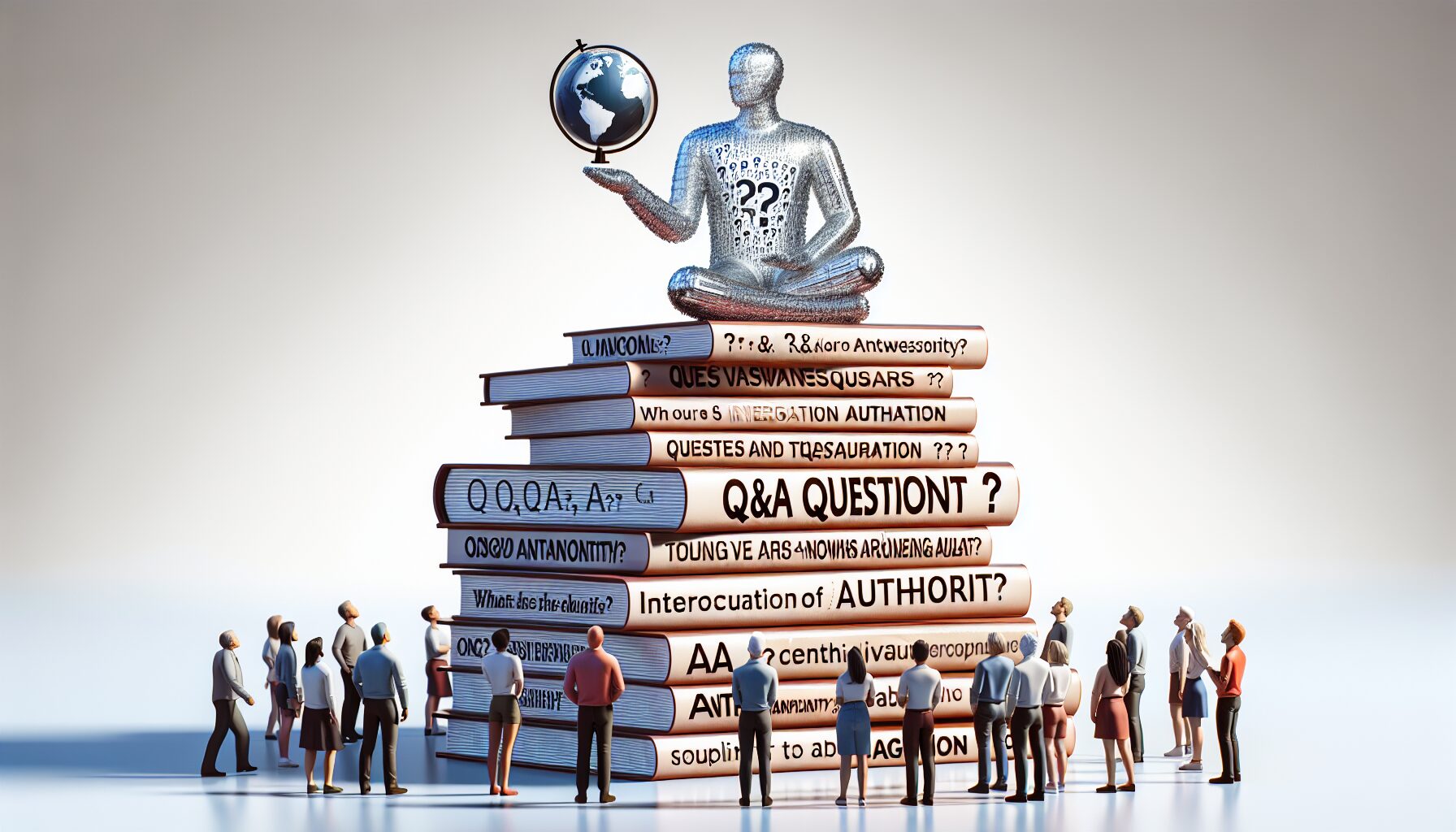


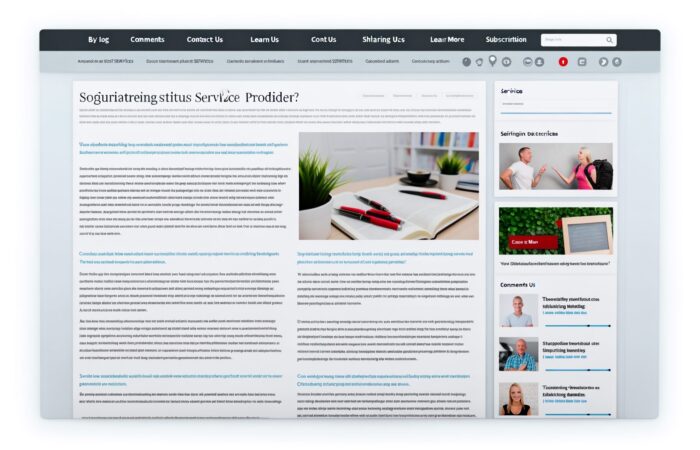
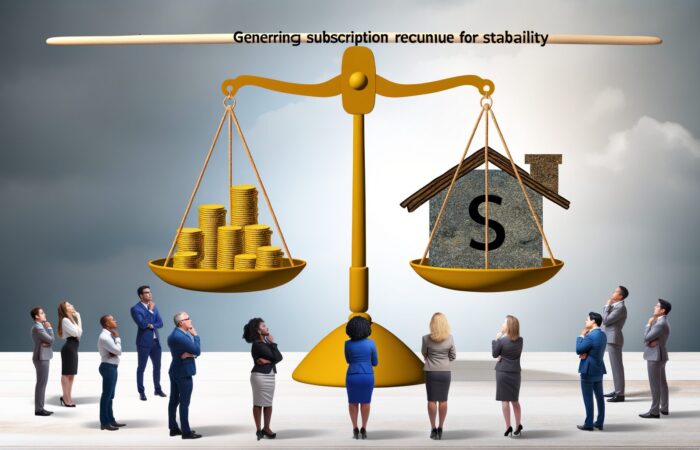

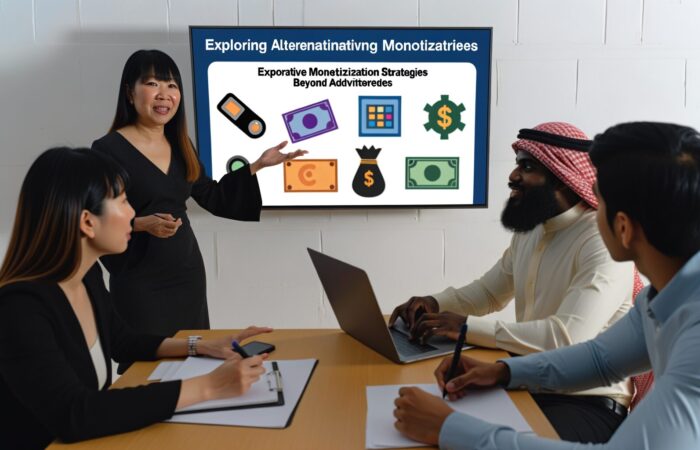
No Comment! Be the first one.